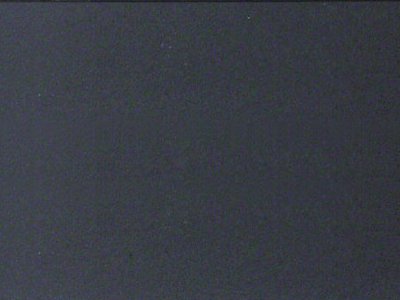Tutorial - How a curtain shutter works.
Javascript must be enabled in your browser

The curtain shutter (also called focal plane shutter) is placed in front of the sensor (or the film), and prevents light from reaching it. Its role is to uncover the sensor or the film during a specific time, 1/125th of a second for example. type cameras are all equipped with this type of shutter.
The shutter of SLR cameras is a mechanical accessory; its operation is not instantaneous: the curtains take time to move. However, the entire surface of the sensor or film must be exposed for the same duration. With a single curtain that would open and close this would not be possible (see the animation below). Adding a second curtain solves this problem. The first curtain uncovers the sensor; the second covers it. This clever operation makes it possible to expose the entire surface of the sensor with the same duration.
Another advantage of the curtain shutter is to allow extremely short exposure times. Indeed, the second curtain can be triggered before the first is completely open (see the animations). There is then a slot which runs the entire width of the sensor. This slit can be very narrow, which makes it possible to obtain extremely short exposure times.
Animation (you will understand everything).
What if there was only one curtain ?
We can see in the animation below that the top of the sensor is uncovered first and covered last: the top of the sensor is therefore exposed longer than the bottom. With a single curtain it would be impossible to obtain an identical exposure over the entire surface of the sensor (or film).
With two curtains.
With two curtains (one to uncover the sensor, and another to cover it) it becomes possible to have a time identical exposure over the entire surface of the sensor.
You will also discover how the two-curtain shutter makes it possible to obtain very short exposure times. All you have to do is trigger the second curtain before the first has reached the end of its run.
Two curtains
1/125 of a second
Two curtains
1/250 of a second
Two curtains
1/1000 of a second



Of course, in reality, all these movements are much faster. The animations are slowed down so we can see how it goes.
To know more :
-
Video showing the slow motion operation of a curtain shutter.
We successively see the mirror rising, the first curtain, then the second, and finally the mirror returning to its place.
And in film photography.
The curtain shutter has been known for a long time and film reflex cameras are equipped with it. With a small difference however: the curtains move horizontally, ie across the width of the sensor and not across its height. Why that ? The advancement of the film is done in the horizontal direction and it is easier to re-arm the shutter with the same mechanism.
However, this has a small disadvantage: the curtains have to travel a greater distance. As a result, the flash sync speed is generally lower on film than on digital.


If you liked this page, share it on your favorite network :